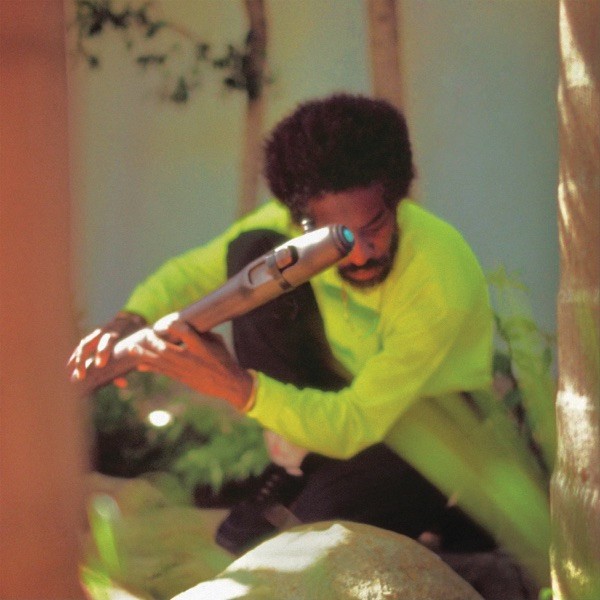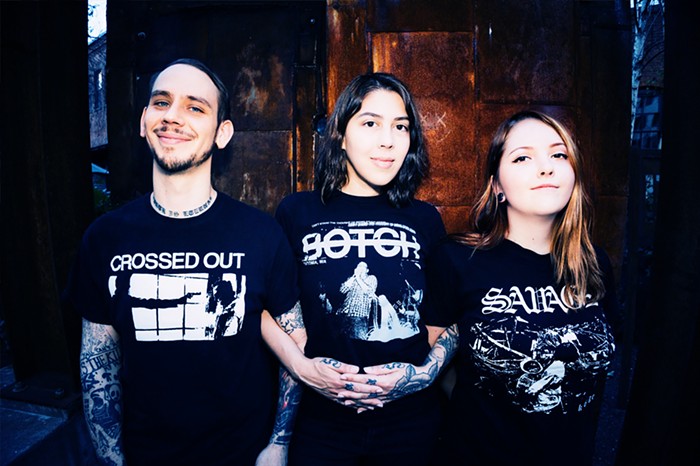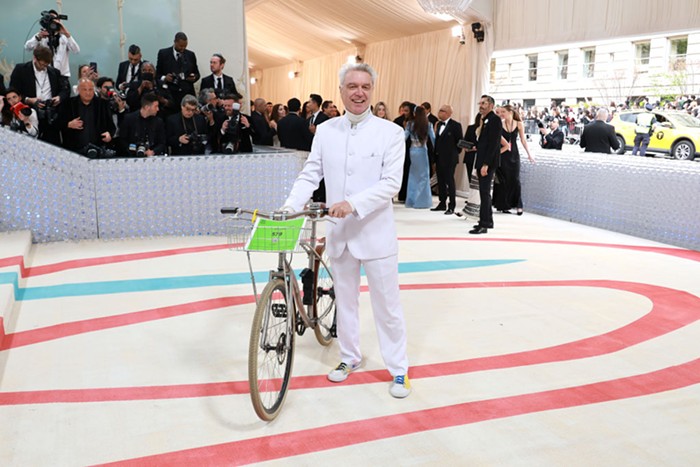The Hiphop Tip
Real b-boying (breakdancing) never died. While the culture may have gone underground for a while, try telling dancers whose livelihood consists of uprocks, footwork, and backspins that what they do was ever outta style. Dancers like Ken Swift, Fever 1, Chino, and Storm never stopped when it became "unhip" to be a b-boy, when corporate-America giants like MTV and Adidas stopped investing in what they felt was simply a fad. Contrary to popular belief, b-boy culture has always been strong--even if it hasn't always been all over the public eye.
There are rules and boundaries to the art of b-boying, and as with any art form, it's always been important to pay homage to the structure it's built upon. Hiphop is grounded in the MCs' rhymes and a solid set of beats, DJs have rhythm and flow to their mixes, graffiti artists know their letters, and b-boys turn their bodies into flowing human sculptures.
For Seattle's Massive Monkees, the forum for showcasing those skills is the battle against other b-boy crews. These kids from Beacon Hill have evolved their vision over the years into a 20-member-strong collective--which also includes DJs, graf writers, and MCs--but it all comes down to the competitions in the end.
In training for the big events the real battle is within oneself, says Monkee Marcus Garrison (AKA Juse Boogy). "I practice every day and feel like I have to be stronger," he says. "I don't think about anybody else except me and my crew. I need my crew in order to keep going, and they need me to get better themselves, and [they] look at me as a leader by example. I just want to be an example to everybody beyond my crew and help the dance."
J. D. Rainey (AKA Twixx) emphasizes the strong bond that exists within the Monkees--who formed in 1998 when Brysen Angeles, Jerome Aparis, and Gulliver Raza, all of USM (a subsidiary of the legendary Boss Crew), naturally meshed with the dancers from Massive to form the Massive Monkees. The dancers were already friends and lived in the same South Seattle neighborhood, so it was a perfect fit. "We're more than a dance team--there's a real close kinship within our crew," he adds. "Dancing is just the common ground that everybody wants to do, but with us it's about unity."
For old-school b-boys and newcomers alike, in both national and international battle circuits, Monkees are a captivating crew to watch, dancing with aerial, acrobatic moves and really pushing the limits of the human body. Some think it's the "power moves" alone (tricks that require a lot of upper and lower body strength, like flips and headspins) that win competitions, but that couldn't be further than the truth. Twixx says the Monkees' goals are deeper than flashy visuals. "Houses aren't built on water," he says. "The moves will come. We work on having flow, finesse, and looking like a b-boy breaking down the whole artistic essence of what we feel a b-boy is."


















